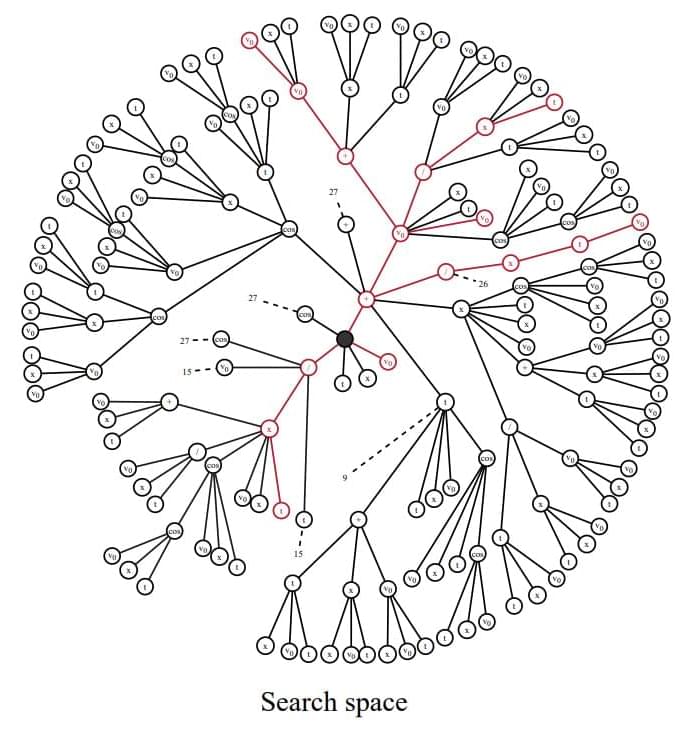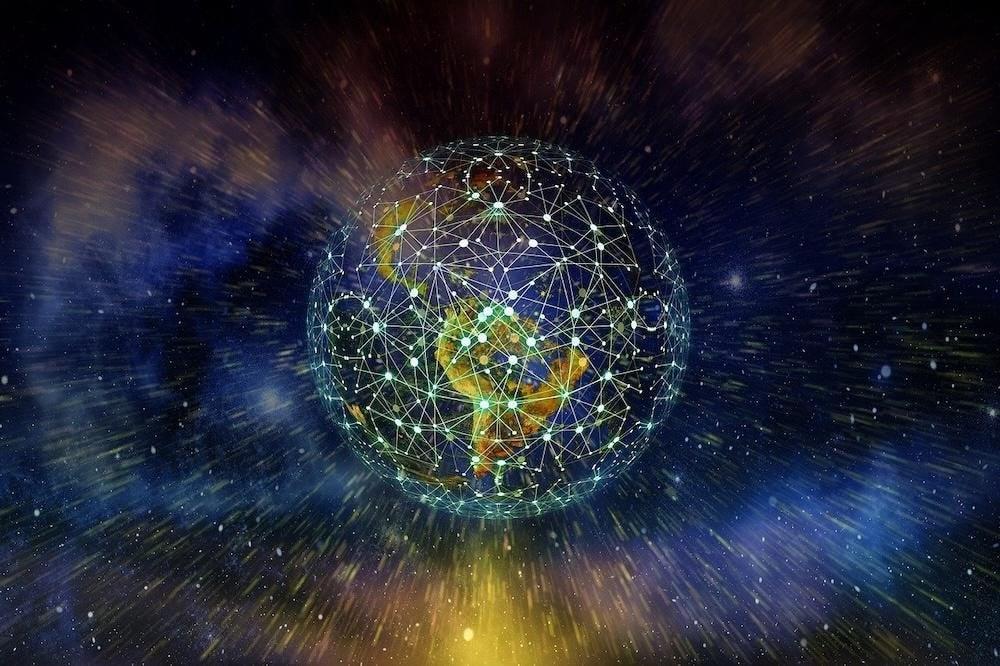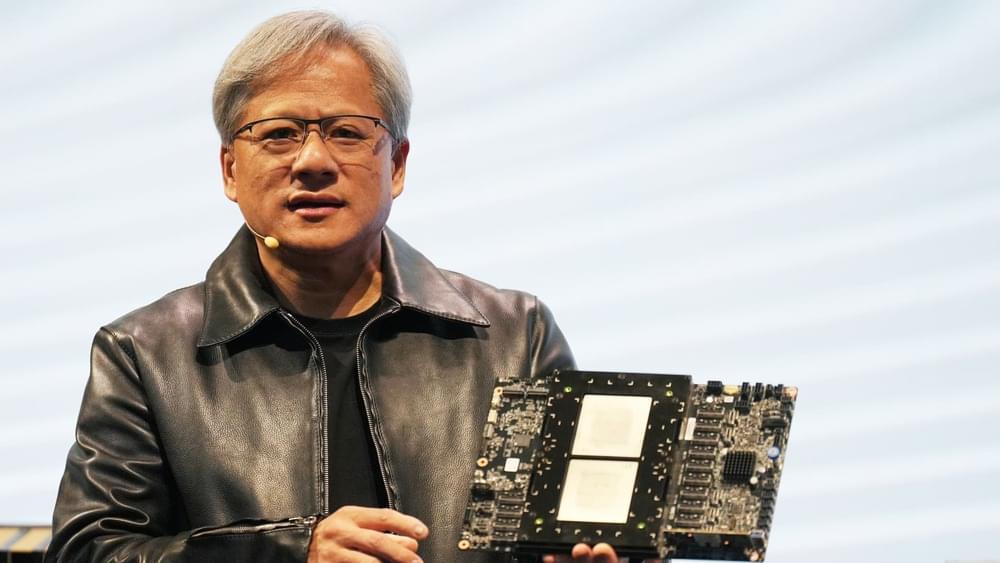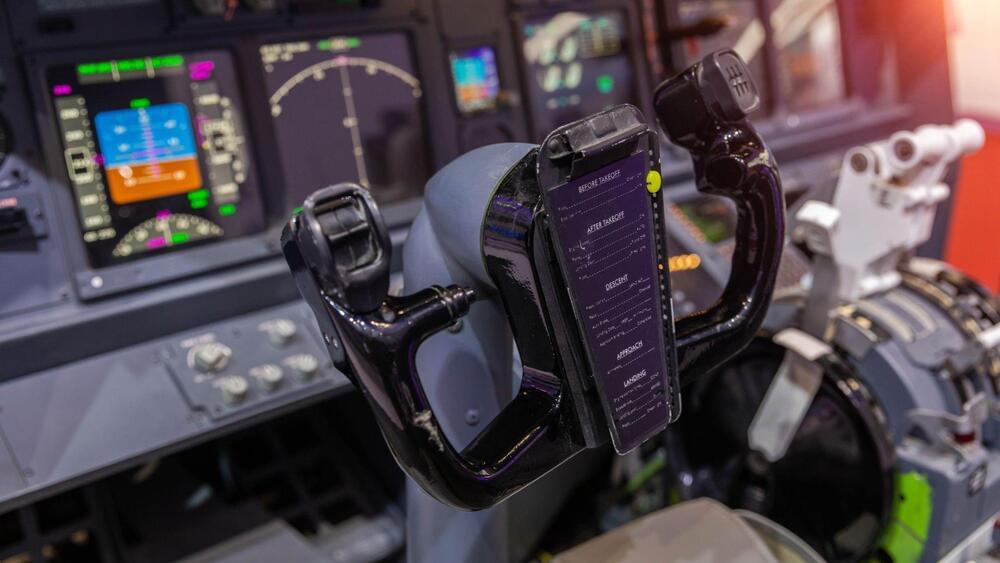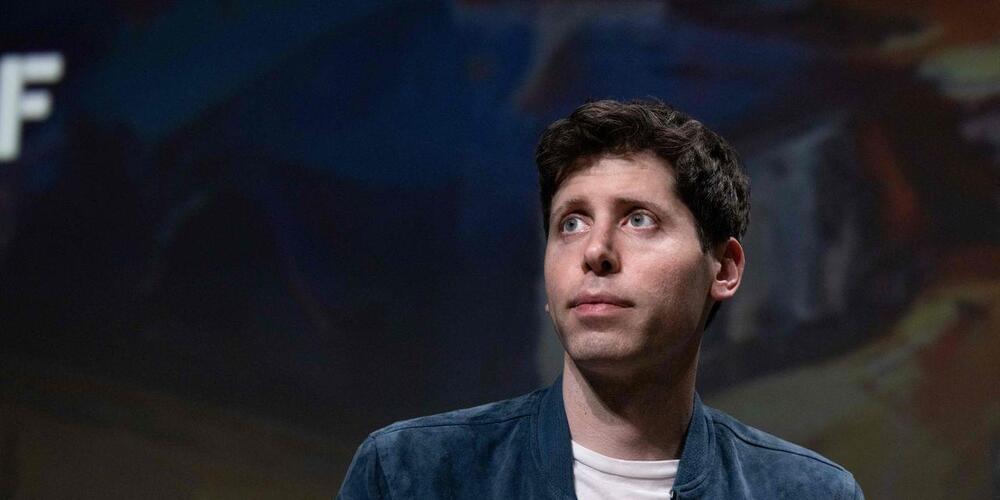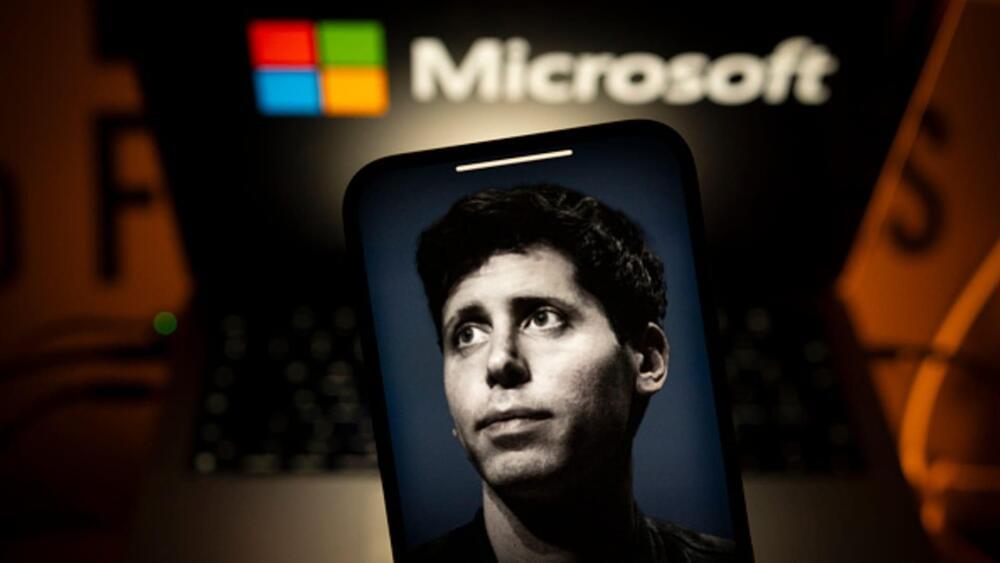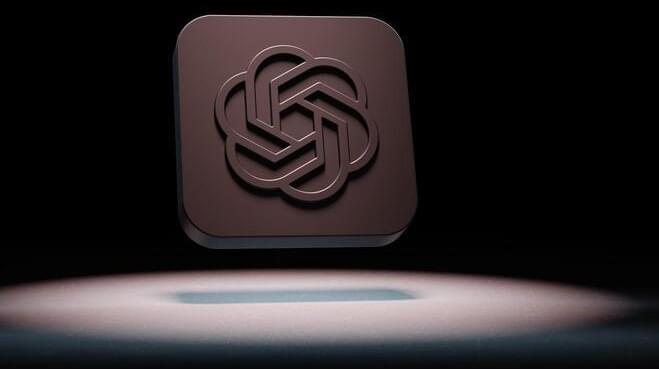Artificial Intelligence and Deep learning have brought about some great advancements in the field of technology. They are enabling robots to perform activities that were previously thought to be limited to human intelligence. AI is changing the way humans approach problems and bringing revolutionary transformations and solutions to almost every industry. Teaching machines to learn from massive amounts of data and make decisions or predictions based on that learning is the basic idea behind AI. Its application in scientific endeavors has given rise to some amazing tools that are gaining massive popularity in the AI community.
In Artificial Intelligence, Symbolic Regression has been playing an important role in the subtleties of scientific research. It basically focuses on algorithms that allow machines to interpret complicated patterns and correlations found in datasets by automating the search for analytic expressions. Scientists and researchers have been putting in efforts to explore the possible uses of Symbolic Regression.
Diving into the field of Symbolic Regression, a team of researchers has recently introduced Φ-SO, a Physical Symbolic Optimization framework. This method navigates the complexities of physics, where the presence of units is crucial. It automates the process of finding analytic expressions fitting complex datasets.
